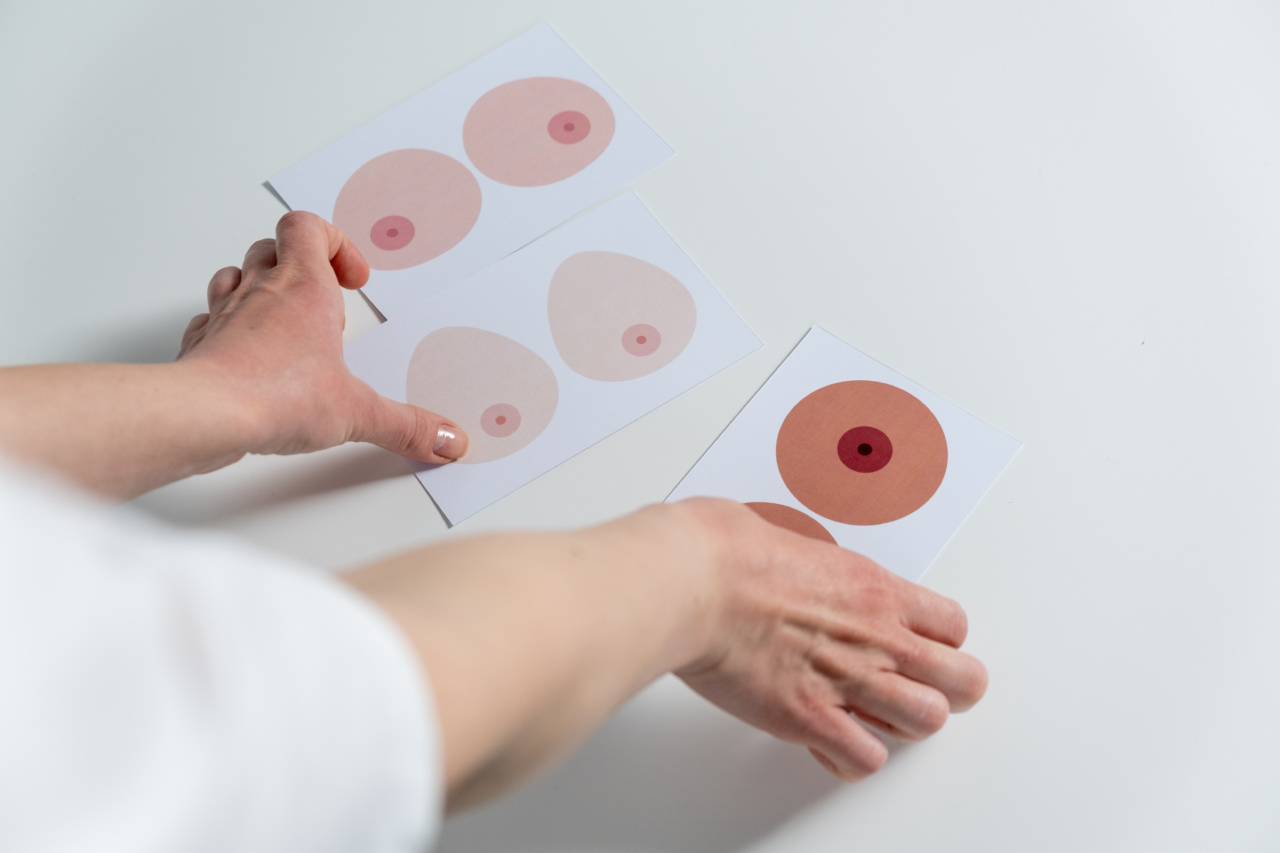A benign breast tumor is a non-cancerous growth that forms in the breast tissue. While these tumors are not life-threatening, they can still cause discomfort and may require medical intervention.
Understanding the causes and treatment options for benign breast tumors is essential for those affected by this condition.
Causes of Benign Breast Tumors
There are several factors that can contribute to the development of benign breast tumors:.
1. Hormonal Imbalances: Fluctuations in hormone levels, particularly estrogen and progesterone, can lead to the formation of breast tumors. This is commonly observed during puberty, pregnancy, and menopause.
2. Fibrocystic Changes: Fibrocystic changes refer to the development of lumps, cysts, or thickened areas in the breasts. These changes are influenced by hormonal shifts and can increase the risk of benign tumor formation.
3. Trauma: Breast injuries or trauma, such as a forceful blow to the chest, can cause the growth of benign tumors. It is crucial to seek medical attention following any breast injury to rule out the presence of tumors.
4. Genetic Predisposition: Certain genetic factors can increase the susceptibility to benign breast tumors.
Women with a family history of breast conditions or a specific genetic mutation, such as BRCA1 or BRCA2 gene mutations, may be more prone to developing these tumors.
5. Medications and Hormonal Therapies: Certain medications and hormonal therapies, such as hormone replacement therapy or birth control pills, can disrupt the natural hormonal balance in the body and contribute to the growth of benign breast tumors.
Treatment Options for Benign Breast Tumors
The treatment plan for benign breast tumors depends on various factors, including the size, location, and symptoms associated with the tumor. Some common treatment options include:.
1. Observation and Regular Monitoring: In some cases, particularly with small and asymptomatic tumors, doctors may recommend a watchful waiting approach.
Regular monitoring through clinical breast examinations and imaging tests, such as mammograms or ultrasounds, is essential to ensure the tumor does not grow or become cancerous.
2. Medications: Certain medications, such as hormone therapy or pain relievers, may be prescribed to manage the symptoms associated with benign breast tumors. These medications can help alleviate pain, reduce swelling, and regulate hormonal imbalances.
3. Surgical Removal: If the tumor is large, causing discomfort or affecting the individual’s quality of life, surgical removal may be recommended.
The type of surgery will depend on the characteristics of the tumor but may include lumpectomy or excisional biopsy.
4. Cryoablation: Cryoablation is a minimally invasive procedure that involves freezing the tumor cells using extreme cold temperatures.
This technique destroys the tumor without the need for surgery, and the dead cells are naturally absorbed by the body over time.
5. Fine Needle Aspiration (FNA): FNA is a diagnostic procedure where a small needle is used to extract a sample of cells from the tumor. This sample is then examined under a microscope to determine if the tumor is benign or malignant.
Prevention and Self-Care
While it may not always be possible to prevent benign breast tumors, certain measures can reduce the risk and promote breast health:.
1. Self-Examinations: Regularly perform breast self-examinations to detect any changes or abnormalities. Consult a healthcare professional if any concerns arise.
2. Maintain a Healthy Lifestyle: A balanced diet, regular exercise, and avoiding excessive alcohol consumption can contribute to overall breast health.
3. Hormonal Balance: For women experiencing hormonal imbalances, consult with a healthcare provider to explore hormone therapy or other suitable treatments.
4. Regular Check-ups: Schedule routine clinical breast exams and mammograms as recommended by healthcare professionals. Early detection plays a vital role in managing any breast condition effectively.
Conclusion
While benign breast tumors are generally not life-threatening, they can still cause discomfort and anxiety. Understanding the causes, symptoms, and treatment options is crucial for individuals diagnosed with, or at risk of, developing these tumors.
Regular self-examinations and proactive communication with healthcare professionals can aid in the early detection and effective management of benign breast tumors.































